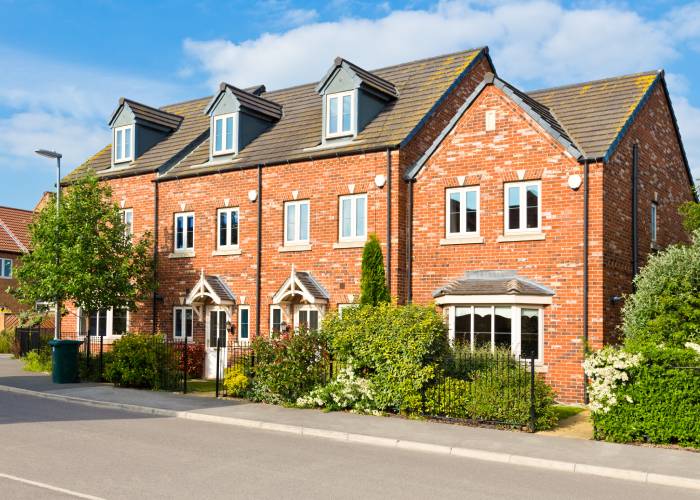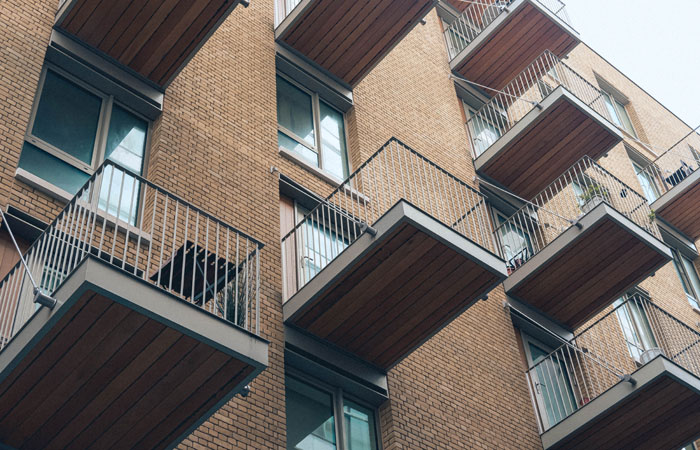The UK’s housing crisis is one of the country’s most pressing and well-documented issues. A combination of stagnant wages, high rents, and a lack of available homes has left millions struggling to keep a roof over their heads. With home prices on the rise and incomes stagnating, it’s becoming increasingly difficult for families to afford a place to live. The number of households in England is projected to grow by nearly 1.6 million over the next decade, but the number of homes built isn’t keeping pace.

This has led to rapidly escalating prices and a severe shortage of affordable homes, further worsening homelessness. The government has responded to this crisis by introducing several initiatives, including the Help to Buy scheme but more needs to be done on a larger scale.
Conscious of the shortage of family homes in every city, developers continue to seek innovative methods to tackle Britain’s housing crisis, and Muir Homes is no different. In this article, experts from the construction company highlight three approaches that are helping remedy the current housing situation.
Compact homes
A ‘small’ solution could potentially solve the housing crisis, especially for young people. A recent report from the Resolution Foundation found that a typical millennial has to spend a staggering £254,000 to get on the housing ladder.
These factory-built apartments generally feature an open-plan kitchen-living room alongside a separate bathroom and bedroom.
These homes are smaller than the traditional “detached house” but are still liveable. They’re usually built as part of more significant development, such as an apartment complex.
The benefits of compact homes are twofold. First, they’re more affordable than traditional houses. This is because they use less land and fewer resources to build. Second, they’re more environmentally friendly. They have a smaller carbon footprint and use less energy to heat and cool.
Compact homes are not a perfect solution to the housing crisis, but they’re a step in the right direction. They offer a more affordable and sustainable option for those who want to own their own home.

Commuter villages
As the UK housing crisis deepens, more people are being forced to commute long distances to work. This has a detrimental effect on people’s work-life balance and adds to congestion and pollution levels. Developing commuter villages is one way to ease the housing crisis and improve people’s commutes.
Commuter villages are self-contained communities near transport hubs, with everything residents need to live and work within walking or cycling distance. These villages would provide an alternative to living in cities and commuting long distances to work and could help to take the pressure off the housing market.
Commuter villages also allow first-time buyers to get on the property ladder. This is because the prices of properties in these villages are generally more affordable than those in the city. Additionally, commuter villages typically have good transport links to the town, which makes commuting more accessible and convenient.
Lookout for homes for sale in Lanarkshire or on the outskirts of Edinburgh. Peripheral commuter villages offer a sustainable, affordable, and strategically positioned option for varying budgets.
Affordable retirement housing
One group of people particularly affected by the housing crisis is retirees. Many retirees are on fixed incomes and are often priced out of the housing market. This can lead to them becoming homeless or moving into unsuitable accommodations.
Providing pensioners with quality yet affordable accommodation could represent an unexpected solution for combatting the housing crisis. Retirement developments aim to provide housing for downsizing or those looking for a more active retirement. They can also help ease the pressure on the housing market, freeing up much-needed housing for families and young people.




